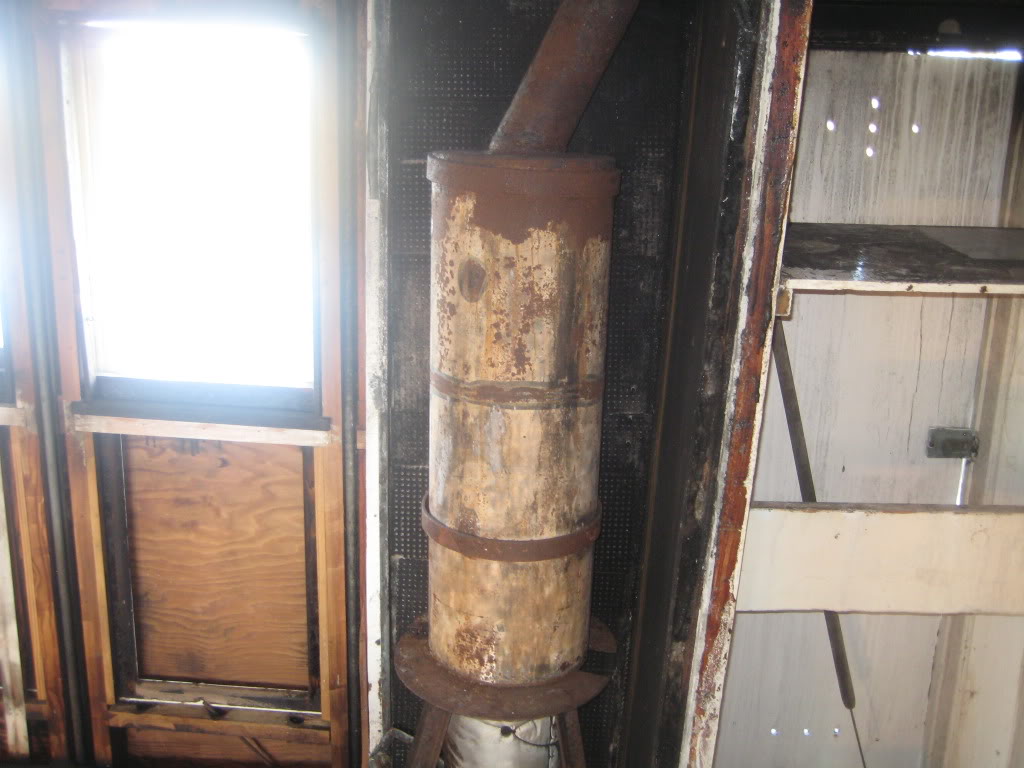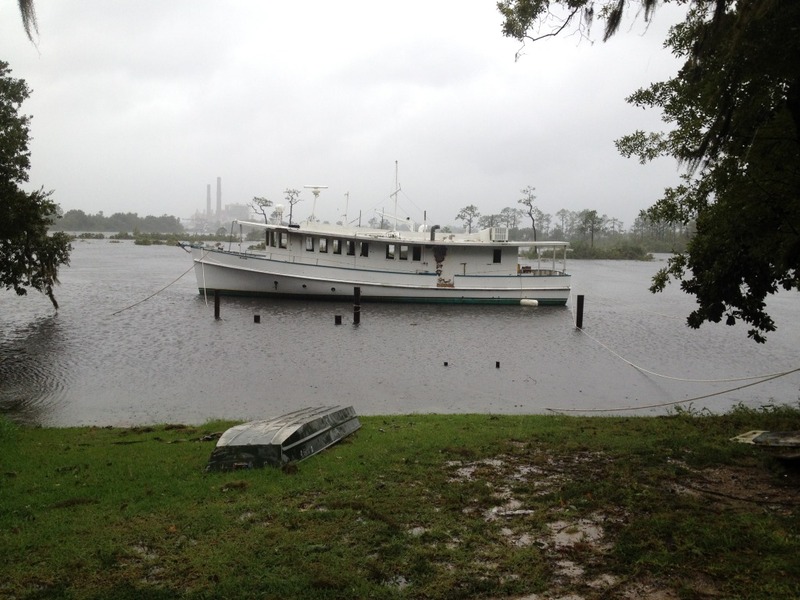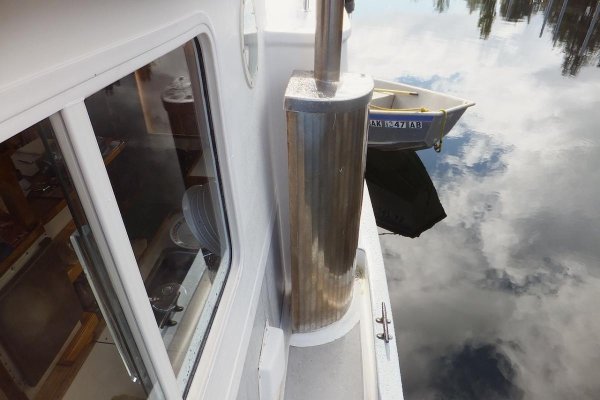My understanding of my keel cooler is that the engine runs with the thermostat closed until the correct temperature is reached (Cummins has two thermostats side-by-side, which is annoying as they are expensive) then the thermostat opens and allows some cold keel-cooler coolant into the system to maintain the operating temperature. When the thermostat is fully open, the keel cooler coolant circulates directly throughout the engine. There is no heat exchanger. If I am running at reduced rpm I will not be circulating all the coolant through the engine as the thermostat will start to close to maintain operating temperature. There is one pump only, the engine-driven one mounted on the front of the engine, the same as a truck. The keel cooler is just like a radiator in a truck, it is useless until the engine reaches warmer temps and the thermostat begins to open and circulate coolant through the radiator.
The thermostat opens gradually and modulates the temperature, it does not open and shut like your refrigerator door.
It also explains why I need a multi-gallon overflow tank when I run high (2100) rpms because of the expansion of almost 200 litres of coolant.
Also, make sure you test the coolant regularly for the condition of the additives in the coolant; when they become diminished your engine (diesel) is at risk. Some coolant filters also include additive packages so don't be shy about changing them. Most diesel places will sell you test strips.
If I am wrong with this scenario, please enlighten me.






